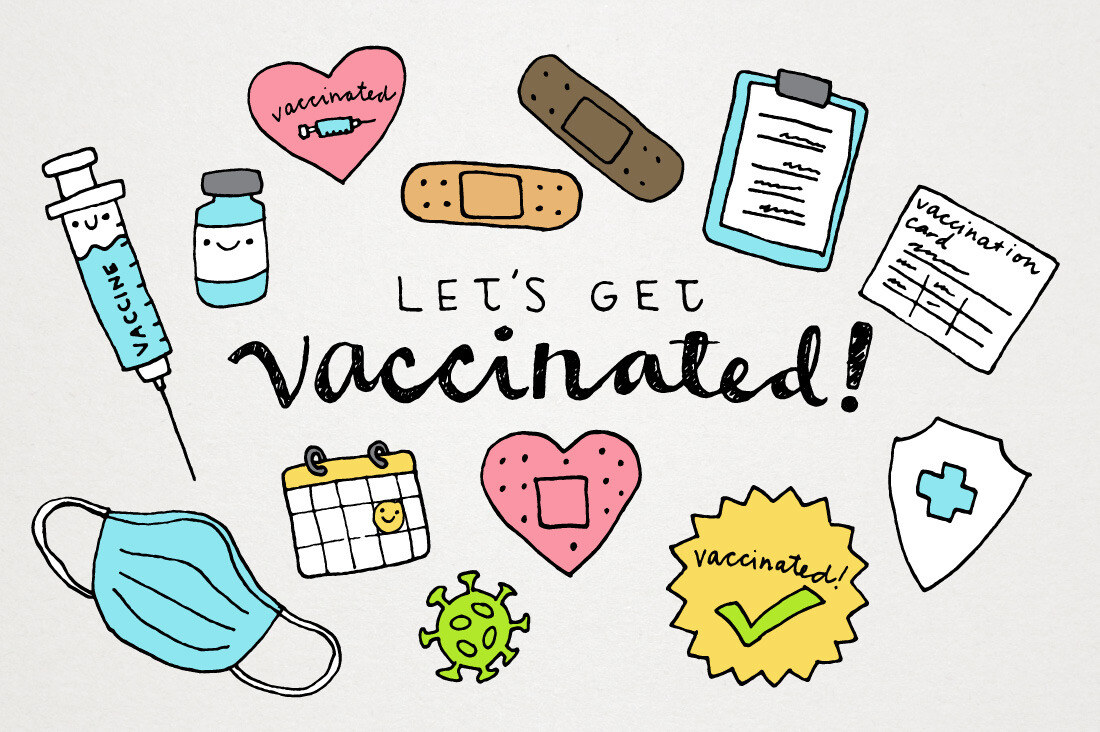The Interplay Between COVID-19 and Flu Vaccines: Dual Protection Matters
As we settle into a new normal, the importance of staying healthy has never been clearer. With both COVID-19 and flu viruses still circulating, getting vaccinated for both is crucial. To navigate the complexities of public health in a post-pandemic world, understanding the relationship between COVID-19 and flu vaccinations has become increasingly important. Here’s why it matters and how you can protect yourself and your community.
The Power of Co-Vaccination
Getting vaccinated against both COVID-19 and the flu can significantly strengthen community immunity. When more people are vaccinated, it creates a protective shield that helps keep everyone healthier. This holistic approach not only strengthens individual health but also fortifies community immunity, especially during overlapping respiratory illness seasons. Plus, studies show that getting the flu vaccine can even reduce the severity of COVID-19 [4] if you get infected. So, why not double up on protection?
Why You Need Both Vaccines
Shield Against Co-Infections: Being vaccinated for both viruses lowers your risk of severe illness from either. It’s all about keeping your immune system strong!
Community Protection: High vaccination rates help protect those who can’t get vaccinated due to health issues. This means fewer hospital visits and a healthier community overall.
Preparedness for the Future: The pandemic taught us the importance of being ready for anything. Staying updated on vaccinations can help us better handle future health crises.
One Vaccine Isn’t Enough
Many healthcare workers saw a drop in flu vaccine uptake during the COVID-19 pandemic. Research shows that focus on COVID-19 vaccines often pushed flu shots to the back burner.[1] Thinking that getting one vaccine is sufficient? Think again! Each vaccine protects against a different virus, so if you skip one, you’re still at risk. Plus, vaccine hesitancy can spread between the two—if people are hesitant about the flu vaccine, it can affect their willingness to get the COVID-19 vaccine[6], and vice versa.[8]

Vaccine Hesitancy: A Real Challenge
Vaccine hesitancy remains a significant barrier to achieving optimal vaccination rates for both COVID-19 and the flu.[9] Many people still feel uncertain about vaccines. Misinformation and safety concerns can lead to hesitancy, especially when it comes to the flu shot. Some may prioritize COVID-19 vaccinations and overlook the flu. Research indicates that hesitancy towards the flu vaccine increased during the COVID-19 pandemic, with many individuals prioritizing COVID-19 vaccinations over seasonal flu shots. But that can leave you vulnerable to both illnesses. Studies show that misconceptions about vaccine safety and efficacy are common, particularly among healthcare providers [3], who are crucial in influencing public attitudes toward vaccines. Tackling these fears is key to boosting vaccine confidence!Strategies for Better Uptake
- Offering COVID-19 and flu vaccines together can boost vaccination rates. Studies indicate that when both vaccines are available at the same time, more people get vaccinated. It’s a simple yet effective strategy![10]
- Educating healthcare workers is key to increasing overall vaccination rates.[2]
- Addressing fears about vaccines through clear communication is essential.[5]
- Public health campaigns should share accurate information and engage communities. Strategies that emphasize the benefits and safety of vaccines can help build trust and boost acceptance[7]
Together for Better Health
The relationship between COVID-19 and flu vaccinations is vital for public health. By understanding how these vaccines influence each other, we can create effective strategies to improve community immunity. Let’s work together to ensure everyone gets the protection they need!
















